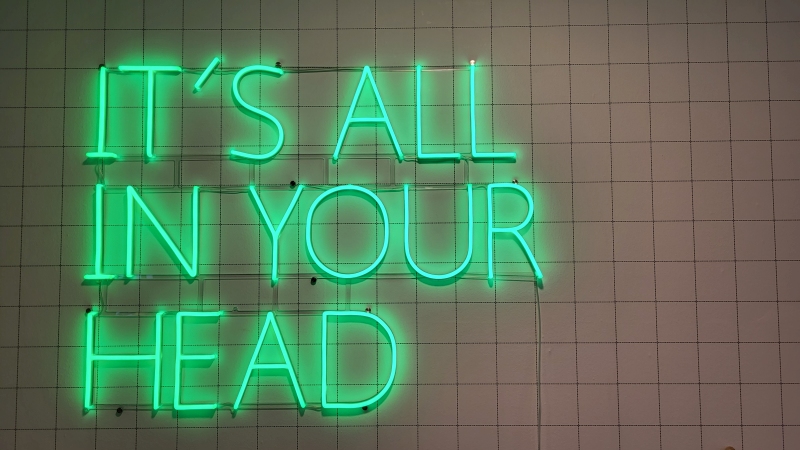The work of the inner critic is there to serve us. It aims to make sure that the person it serves is safe. This includes also what the inner critic sees as achievable and assumes the person must do.
The inner critic deals with a tension it is subject to, one between safety and performance. But safety and performance show different directions of action. That is, when performance is, for example, understood as a path to achieve one’s objectives or as a means to grow and develop one’s abilities and skills.
Based on such a definition it is always to be expected that delivering performance will require doing things one doesn’t master. It’s less a question of proficiency than one of perseverance, resiliency, and self-confidence.
The inner critic one deals with today lags behind. The inner critic establishes itself in early childhood and doesn’t learn a lot. Or said differently, it is focused on learning how it is right and how its teachings are needed.
The inner critic works with a story it developed in early childhood using the way the child understands its situation. The story is an interpretation the child found as conclusive to feeling safe within its surroundings. As it wants it to be safe and wants the child to feel in control of the situation it located the responsibility of action with the child. And, it does so, using the actions the child learned to apply to establish its sense of safety. While growing up, new situations are interpreted based on that first story, and new findings are interpreted in the light of the story. The details confirming the story will validate the interpretation. Details that could lead to a new interpretation will mostly be dismissed as less valid.
Whatever effort one may make to invite the inner critic to change will be subject to that mechanism. As such change will always have a shorter life span than the experience available to the inner critic, situations that feel critical can easily mean that the inner critic regains its previous dominance.
In a way, it is futile to seek to change the inner critic.
If ever it can change, it will be an outcome of other learning and decisions.
One can assume, that in the past, these other approaches were the result of integrating well-developed societal ideas, may they have come through myths, religions, or other types of cults leading to ideas of how society is best governed. Most of them established quite clear principles of right and wrong as well as structures within which they were exercised.
As these approaches become more and more globalized, they are also becoming polarized and diversified. To feel safe, people need to find an approach that works for them, one they can join and that allows them to feel a sense of belonging.
It’s a path to developing one’s philosophy.
The clearer one’s view of it becomes, the more affirmative the sense of belonging.
But it may be relevant to remember that such clarity will be a combination of beliefs and one’s thinking. Clarity doesn’t mean true; it means a knowledge of how one adheres.
The inner critic will now have at least two stories to deal with and thus a new sense of choice.


